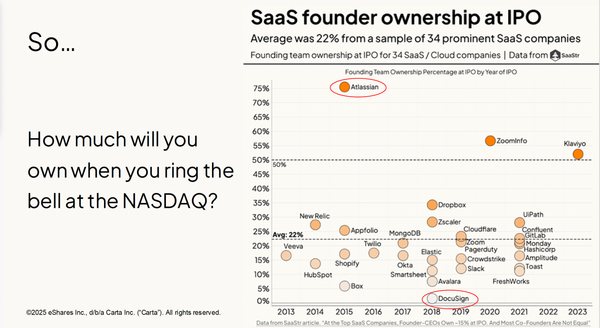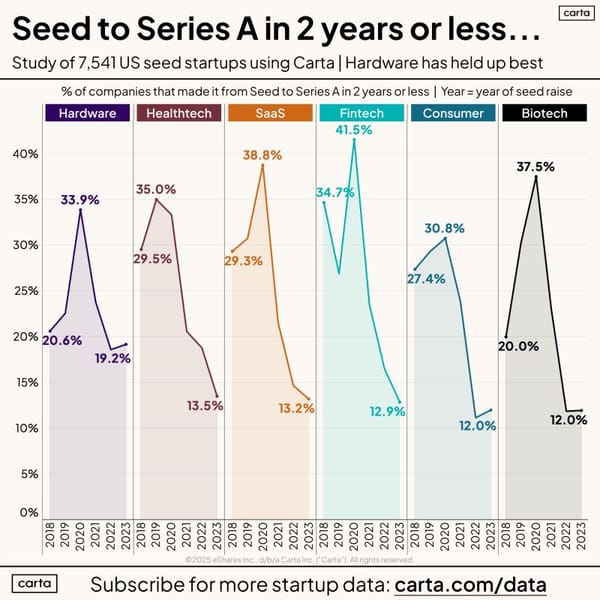If All We Have Is Opinions, Let's Go With Mine
“If we have data, let’s look at the data. If all we have are opinions, let’s go with mine.” This is a famous quote by Jim Barksdale, the former CEO of Netscape.
But it begs an important question. Why don’t you have data? Why are you and your team making decisions based on your gut?
In the earliest days of your startup, all a founder has are opinions. Your bold proclamations are the driving force of your startup. It’s the vision that attracts a cofounder, lures in the first members of your team to bring your vision to life, and draws your first round of investment.
It’s important that you have a strong point of view about every aspect of finding and scaling product-market fit. From understanding your target customer to your go-to-market strategy and the combination of features and pricing that will keep your customers coming back.
However, while conviction is essential, adaptability is the key to success. The principle is simple: have ‘strong opinions, loosely held.’
As soon as you sketch out your MVP, you must focus on the data. How will you test your assumptions and define success?
Because when we first point our startup in the direction of product-market fit, we often discover that we are off course. We didn’t understand our customers as well as we thought we did. We didn’t properly assess the impact of the competitive landscape. Our product features and pricing missed the mark.
This is true throughout your startup journey. Each product iteration, every new product you bring to market, requires this data-driven approach.
There are three keys to being an organization that embraces strong points of view with a data framework to back them up:
💡 Good ideas are not just the responsibility of the founder. Empower others in your organization to have an opinion. Ideas can bubble up from anywhere in the organization and lead to launching new ideas. But always grounded in a measurement framework that allows for rapid iteration, scrapping the ideas that don’t work and leaning into those that do.
📈 Reinforce the importance of avoiding vanity metrics. Make sure your data is grounded in the key drivers of your startup. Net sales, contribution margins, customer unit economics, and cash flow are good places to start. The fundamentals that will highlight the path to profitable, scalable growth.
🚀 Embrace failure as an inevitable milestone on the way to success. Be open to being proven wrong, and let your team know it. Don’t let the Reality Distortion Field overpower your team into pushing forward on initiatives that are clearly failing.
If you find yourself in meetings with your team constantly driving the direction of your startup based on gut, with no feedback loop based on data, you’re in trouble.
Because if all you have are opinions, you are setting your team up for failure.
‘Strong opinions, loosely held,’ grounded by a data-powered feedback loop, is how you build a great company.




